How South Korea successfully managed Coronavirus
South Korea appears to have cracked the code for managing the coronavirus. Its solution is straightforward, flexible and relatively easy to replicate.
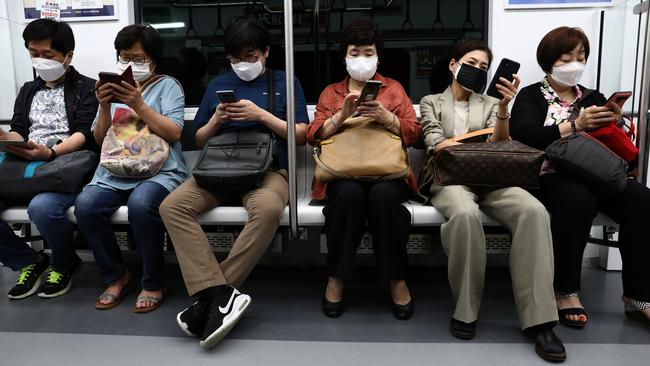
South Korea appears to have cracked the code for managing the coronavirus. Its solution is straightforward, flexible and relatively easy to replicate.
The country has averaged about 77 new daily cases since early April and recently suppressed a spike in infections. Adjusting for population, that would be the equivalent of about 480 cases a day in the U.S., where new daily cases have averaged about 38,000 over the same period. Total deaths in the U.S. due to Covid-19 just surpassed 200,000.
South Korea halted virus transmission better than any other wealthy country during the pandemic’s early months. It was about twice as effective as the U.S. and U.K. at preventing infected individuals from spreading the disease to others, according to a recent report from a United Nations-affiliated research network. South Korea’s economy is expected to decline by just 0.8% this year, the best among the Organisation for Economic Cooperation and Development’s forecasts for member nations.

The key to South Korea’s success came from blending technology and testing like no other country, centralised control and communication — and a constant fear of failure.
The nation fast-tracked approval of domestic testing kits as soon as cases began hitting. It tapped into its relative wealth and hyperconnectivity, blasting text alerts to citizens if infections occurred in their area. When the supply of face masks ran short early on in the crisis, the government seized production.
At twice-a-day briefings, health officials express worry when they can only trace the origins of three-quarters of confirmed cases. Virus experts stand at the podium of government briefings and frequently warn of looming catastrophe. Nearly everyone in the country wears masks. Every confirmed patient, even those with no or mild symptoms, gets isolated at hospitals or converted dormitories run by the government. Treatment is free.
As a result, South Korea never had to mandate a lockdown, so restaurants and business were able to stay open, cushioning the blow to the economy.
“No country has adapted to living with, and containing, the virus like South Korea,” said Dale Fisher, chairman of the World Health Organisation’s global outbreak alert and response network. “You don’t need or want to eradicate the virus. But you modify your behaviour and get on with life.” Some parts of its playbook wouldn’t work in most Western societies — and received backlash in South Korea as well. Health officials have unfettered access to individuals’ private mobile data, and early on used government websites to share the whereabouts of confirmed patients, plucked from smartphone GPS history. The disclosures didn’t include individuals’ names, but they typically contained details such as gender, age and workplace that could identify a patient.
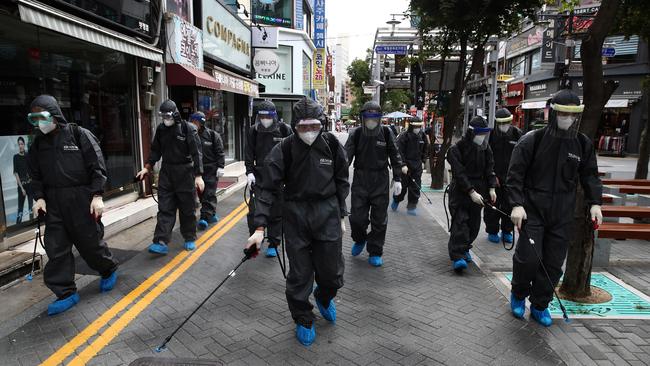
Local religious and civic groups have criticised South Korea’s methods as civil-rights violations and filed lawsuits. The government now offers anonymous testing and leaves out identifying information and specific names of places visited in contact-tracing disclosures.
South Korea, roughly the geographic size of Indiana, was initially blitzed in February with the largest Covid-19 outbreak outside of China. After a major cluster linked to a megachurch in the city of Daegu emerged on Feb. 18, the government made a flurry of moves and pressed residents to wear face masks and maintain social distancing. Cases peaked in 11 days.
“We were on the front lines,” said Kwon Jun-wook, deputy director of South Korea’s Disease Control and Prevention Agency. “In the past, we had treated the regulations from the World Health Organisation and the U.S. as the Bible. But I had to apologise to our citizens because it was time for us to create our own regulations based on our own evidence.” Infections stayed low through most of the summer. South Korea’s approach was put to another test in August, when infections rose again, centred around cases again linked to a large church.
The day after cases reached a five-month high of 441 on Aug. 27, South Korea’s top public-health official gave a grim forecast: “We could see 800 to 2,000 infections next week,” said Jung Eun-kyeong, who cut her hair short to save herself time getting ready in the morning during the pandemic.
South Koreans took the advice and adjusted. Population mobility, as measured by local telecom operators, soon fell by one-quarter. Most schools closed and diners had to leave restaurants by 9pm. Aug. 27 turned out to be the peak. After two weeks of aggressive social distancing, South Koreans could again head back to schools, gyms and sports stadiums.
Daily cases have since fallen to about 100, a manageable level for the country’s health system, officials say.
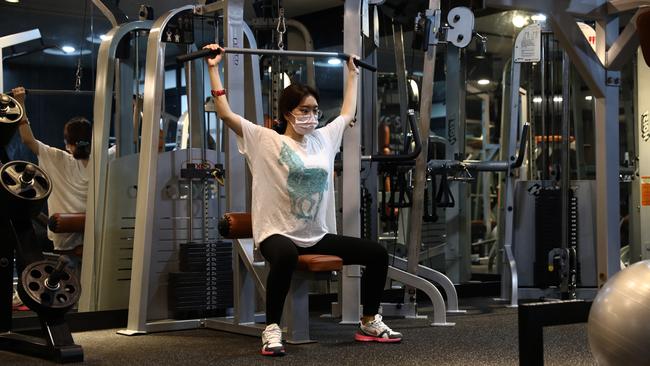
In total, South Korea, with a population of 52 million, has reported 23,455 cases and 395 deaths.
Hard lessons One reason South Korea was prepared: It learned painful lessons in 2015 from an outbreak of Middle East respiratory syndrome. Its missteps with that coronavirus strain resemble struggles seen elsewhere today, with poor communication, an unclear and shifting national strategy and testing backlogs. The outbreak resulted in 186 infections, including 38 deaths.
“The only way to make the government prepared is to actually have an outbreak,” said Oh Myoung-don, head of South Korea’s central clinical committee for emerging disease control.
After MERS, the government started twice-a-year training sessions simulating a rapid spread of viral diseases like Ebola or influenza. On Dec. 17, 2019, inside a glistening new facility resembling a NASA space-launch command centre, dozens of government officials and outside medical experts gathered together.
“Oddly enough, last December’s ‘war game’ was a novel coronavirus,” said Mr. Kwon of the KDCA. The simulation featured a South Korean family, travelling back from China, suffering from an unknown pneumonia.
It was late December by the time South Korean officials began hearing that may be more than a hypothetical threat. After China published the coronavirus’s DNA on Jan. 10, South Korean officials began discussing its testing strategy.
It detected the country’s first case 10 days later using a test that screened for all known coronavirus strains — the same tactic practised during the December simulation.
A week later, on Jan. 27, the South Korean health officials convened experts and test-kit companies at a conference room inside Seoul Station, an easy central location for experts strewn across the country. They got an early surprise. Two South Korean firms had already begun developing their own tests.
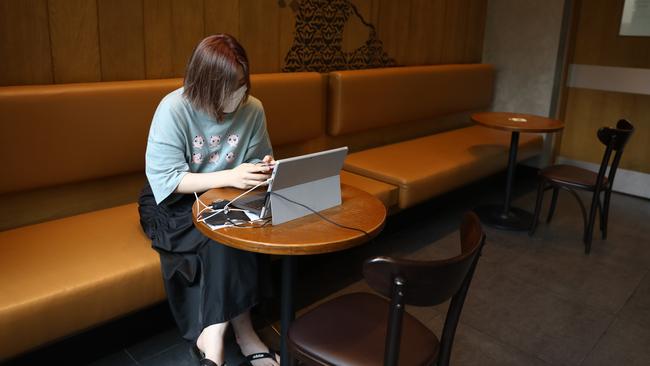
“We promise a fast approval,” said one South Korean health official at the time, saying the government would buy unused supply if the outbreak never reached a significant size.
One firm, Kogene Biotech Co., demonstrated a successful test and got the regulatory green light within four days. A second manufacturer would be added by Feb. 12. The tests all used the same methodology and could be sent to any of the country’s roughly 120 laboratories that promised turnaround times of between six to 24 hours.
Then nothing happened. By the middle of February, the country had reported no new infections for six straight days. Things seemed so stable that South Korean President Moon Jae-in turned his focus to the economy, summoning the country’s top business leaders for a meeting where none of the attendees wore a face mask. The coronavirus, Mr. Moon said, “will be terminated before too long.” “We thought we were managing the situation well,” said Ki Moran, a professor at the National Cancer Center who is advising the South Korean government on its Covid-19 response. “But everything changed with Patient 31.” Outbreak The churchgoing patient No. 31, who had not traveled abroad in recent weeks, was confirmed on Feb. 18. She had twice rejected offers of a coronavirus test after exhibiting pneumonialike symptoms, and was tested only after leaving the hospital. She had recently been to a buffet restaurant and two cramped Sunday services attended by more than 1,000 others each time.
Cases, which had been slowly rising, suddenly doubled in a day, to over 100. Experts predicted it would soon surge to levels seen nowhere else but China.
That triggered a Feb. 20 late-night message in a group chat with eight South Korean infectious-disease experts: “We need to quickly devise a way to conduct mass testing,” one doctor wrote.
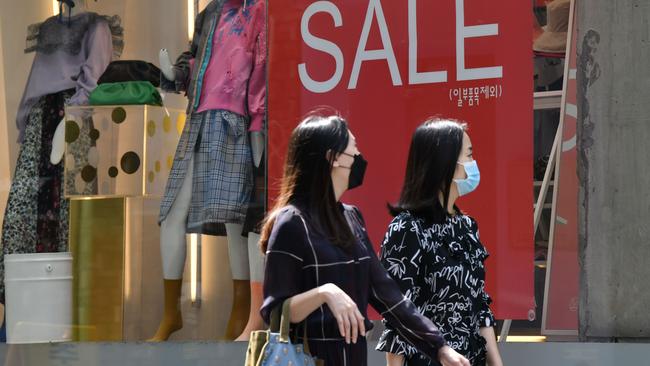
Kim Jin-yong, who had treated the country’s first coronavirus patient weeks before, believed he had an answer: drive-through clinics.
Dr. Kim sent a PowerPoint presentation to the group within hours, at 3:53am, outlining how tests would take just 10 minutes and saved much-needed protective gear since outdoor workers didn’t have to change gowns after each patient. He marked each slide with a car emoji.
Two days later, cars rumbled through the country’s first drive-through clinic. Testing capacity multiplied 100 times, giving South Korea a critical early edge.
The acceleration of cases created other problems. Hospital staff quit, fearing for their health. Supplies ran low. Tensions ran high as experts in the relative safety of Seoul implored counterparts in Daegu, where most of South Korea’s cases were then concentrated, to quarantine individuals and find alternative facilities for patients with mild or no symptoms.
South Korea, at the urging of nearly a dozen medical societies, raised its infectious disease alert system to its highest level on Feb. 23.
As South Korea’s coronavirus problems mounted, Mr. Moon intentionally kept his profile low. “His stance is that it’s more objective for an expert to hold the briefings, and that is the way to gain the trust of the people,” said Noh Young-min, Mr. Moon’s chief of staff, who led the presidential Blue House’s coronavirus team.
The Wall Street Journal



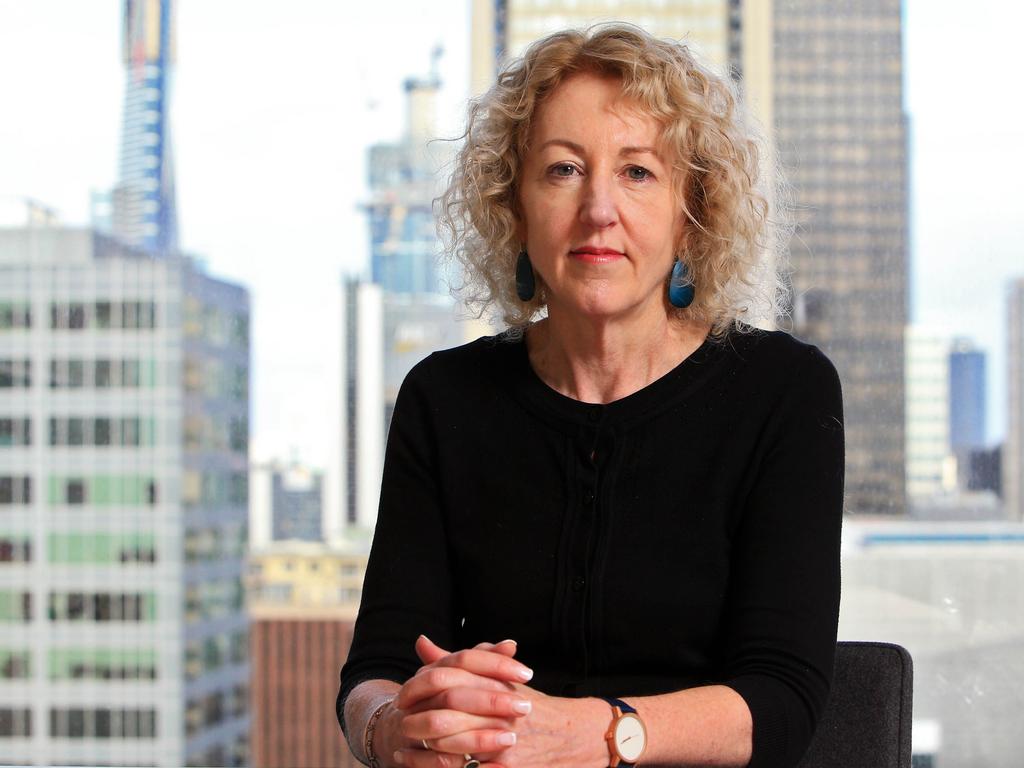
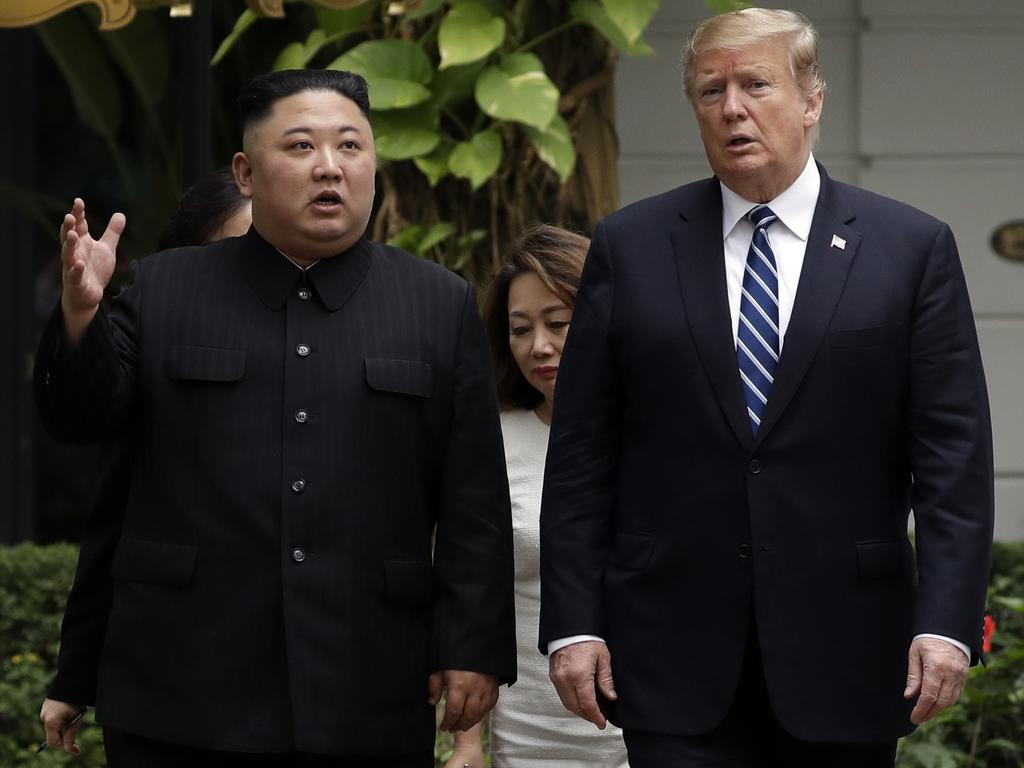


To join the conversation, please log in. Don't have an account? Register
Join the conversation, you are commenting as Logout